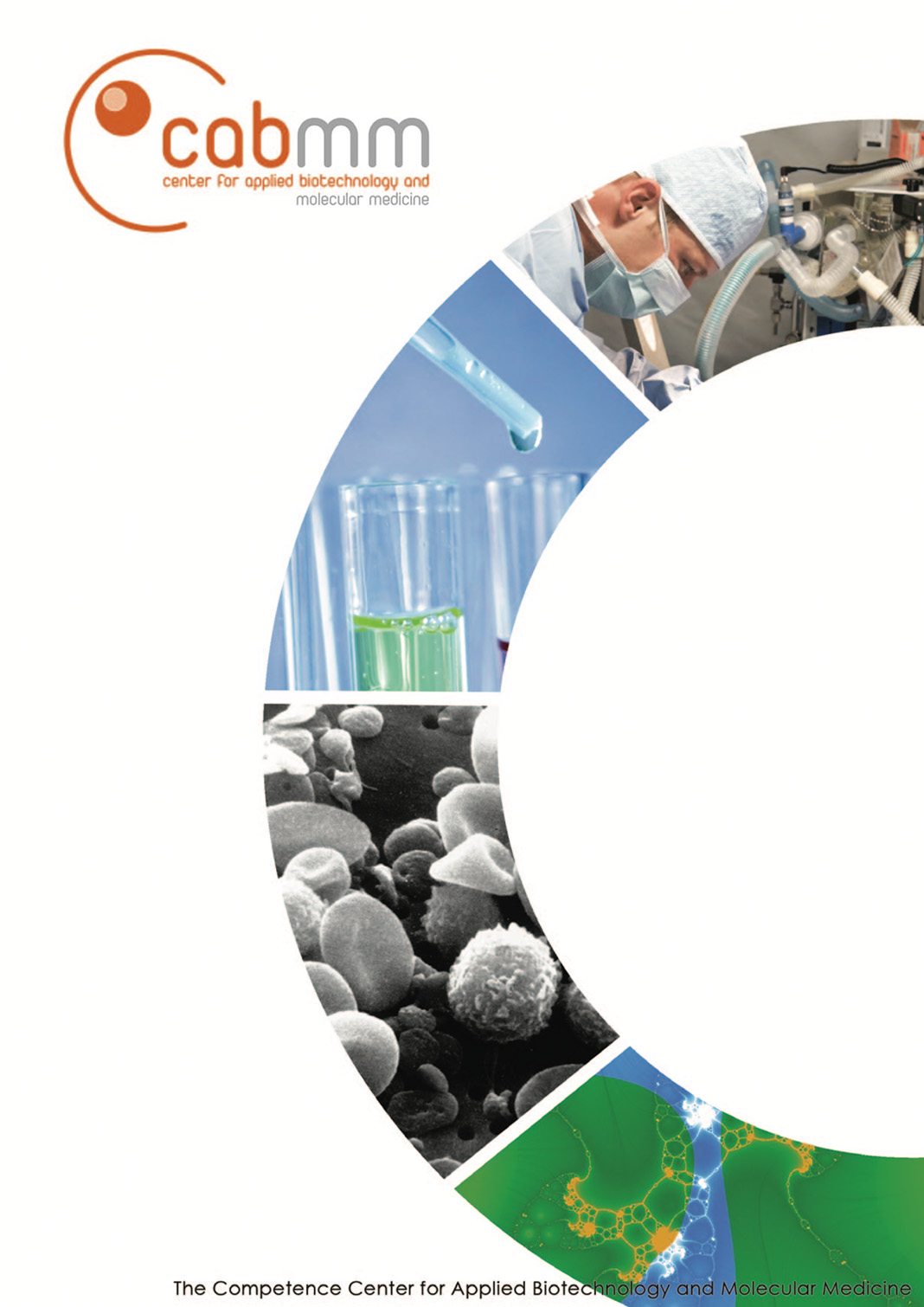The Competence Center for Applied Biotechnology and Molecular Medicine (CABMM) is an innovative, cutting-edge medical research organisation at the University of Zurich, Switzerland, which brings together basic scientists, clinicians and veterinarians to develop novel therapies for humans and animals.
CABMM is also a platform for ethical animal testing and interdisciplinary research across the following fields:
- Regenerative medicine;
- Experimental medicine and surgery; and
- Applied biotechnology and molecular medicine.
New therapeutic strategies to treat chlamydial infections
In this booklet, Professor Dr Nicole Borel and her research group at CABMM outline new therapeutic strategies for the treatment of chlamydial infections in humans and animals.
One of the leading causes of infectious blindness in the world is trachoma, a disease of poverty and poor hygiene which is categorised as a neglected tropical disease. A number of global health organisations, including the World Health Organization via GET 2020 and the SAFE strategy, are working together to eliminate blinding trachoma by 2020.
To this end, Borel is investigating a new therapeutic strategy for trachoma – water-filtered infrared A (wIRA), short wavelength infrared radiation with a spectrum ranging from 780-1,440nm. Light from a halogen bulb, passing through a water containing cuvette, emits wIRA and visible light.
Due to its high tissue penetration and low thermal load on the skin surface, wIRA does not cause the skin irritation and overheating that is associated with unfiltered IRA irradiation. This makes it a promising solution for wound healing.
Borel and her research group are thus engaged in multiple studies, both ex vivo and in vivo, to demonstrate the potential advantages of using wIRA to treat trachoma patients.
Ethical animal testing
Also in this booklet, Professor Dr Brigitte von Rechenberg, head of CABMM, reflects on the importance of ethical animal testing.
Acknowledging it as a controversial topic, she nonetheless argues: “The serious researchers among us know that we cannot find new insights and new therapies for humans and animals without using them, and this is for several reasons.
“Among them are basic insights to studying disease mechanisms and thereby understanding where the chain of events is broken in cases of pathology.
“Cell and organ cultures can tell us a lot and are widely used; however, they cannot explain everything. For this, living organisms are too complex to just be quickly mimicked in cell culture wells or bioreactors. Therefore, animal experiments cannot be avoided, since on the other side of the coin weighs the suffering of both human and animal patients desperately awaiting cures for their diseases.”
Transcutaneous drug delivery
Closing the booklet, Rechenberg and her fellow researchers outline their studies into transcutaneous drug delivery using a novel transdermal application technology (TDA) that has been developed for human (‘MedDrop’) and veterinary applications (‘VetDrop’).
TDA is based on the non-invasive, pain-free delivery of active ingredients through or onto the skin and, as the authors detail, could make a big difference to the daily lives of both people and animals affected by chronic deep wounds and joint disease.



